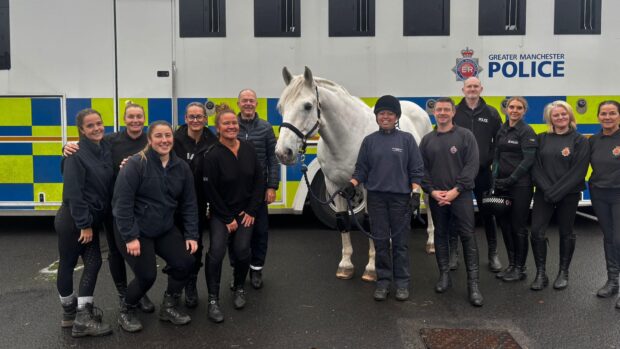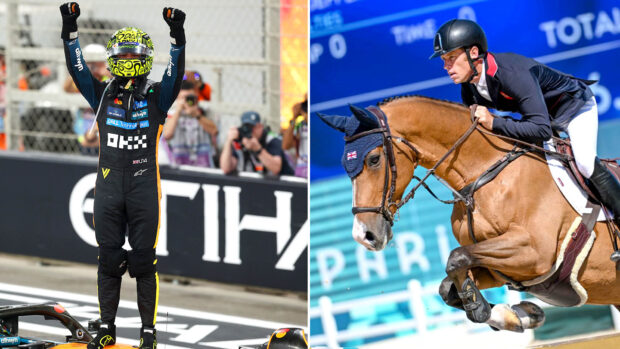1. Blood rules and dressage hats
We eagerly await the reveal of the final draft of new rules covering international horse sport in 2022, which will be released on 18 October – they will then be debated and voted on at the FEI general assembly in November. The FEI’s blood rules are back on the agenda, according to the wrap-up report from the FEI’s latest board meeting (28–29 September). The most recent high-profile call for “further thought” on blood rules came from Ireland’s Billy Twomey, eliminated under the rule following his winning a grand prix in Florida, who took the decision to the FEI tribunal. The ban on top hats in dressage were also under discussion again – this debate doesn’t seem to go away no matter how much the FEI bat off outrage at the change to tradition and lack of choice for riders, the notes from the latest meeting stating: “While there is still some opposition in the dressage community to the requirement to wear protective headgear, the board agreed that protecting the welfare of athletes was paramount and it did not support exceptions in the application of this rule.”
2. The ban on racehorses entering the food chain
All horses trained in Britain and entered to run in any race in Britain must be signed out of the human food chain, via their Weatherbys ePassport, by 1 January 2022. This will also mean that these horses are excluded from entering the animal food chain in Britain, which is regulated to the same standard. But the industry has been warned that it “will not make a blind bit of difference” without up-to-scratch traceability and enforcement. As World Horse Welfare chief executive Roly Owers told H&H: “This rule change is yet another reminder of the importance of the UK implementing a digital-first equine ID system with full traceability and intelligence-led enforcement, and racing undertaking robust due diligence on racehorse aftercare along its entire supply chain.” It is a well meant step in the right direction. But yes, we need that traceability and accountability.
What needs to happen for the ban to be effective
3. A horrific welfare case, rescue and convictions
Horses whose heads touched their stable roofs because they were standing on four feet of muck had to be dug out by rescuers in a “horrendous” welfare case, which resulted in the conviction of five offences under the Animal Welfare Act, committed between 15 August and 15 October 2020. RSPCA inspectors and World Horse Welfare field officers discovered 40 neglected horses, some of which were found in a paddock with mud up to their knees, with foals who could “barely move” because of mud up to their chests. Happily the RSPCA have since been able to find many of these horses new homes.
You may also want to read…

Progress made on ‘essential’ horse welfare projects by the racing industry

Calls for review of FEI blood rules after Olympic showjumper’s appeal *H&H Plus*
An interesting case brought before the FEI Tribunal has once again given rise to concerns that the current blood rules

Subscribe to Horse & Hound magazine today – and enjoy unlimited website access all year round
Horse & Hound magazine, out every Thursday, is packed with all the latest news and reports, as well as interviews, specials, nostalgia, vet and training advice. Find how you can enjoy the magazine delivered to your door every week, plus options to upgrade your subscription to access our online service that brings you breaking news and reports as well as other benefits.



